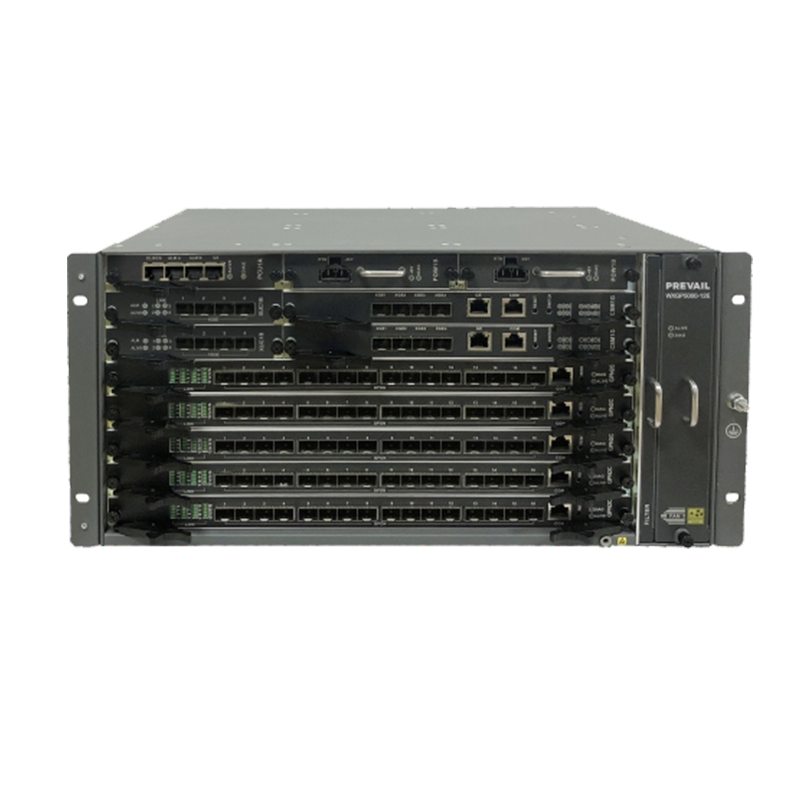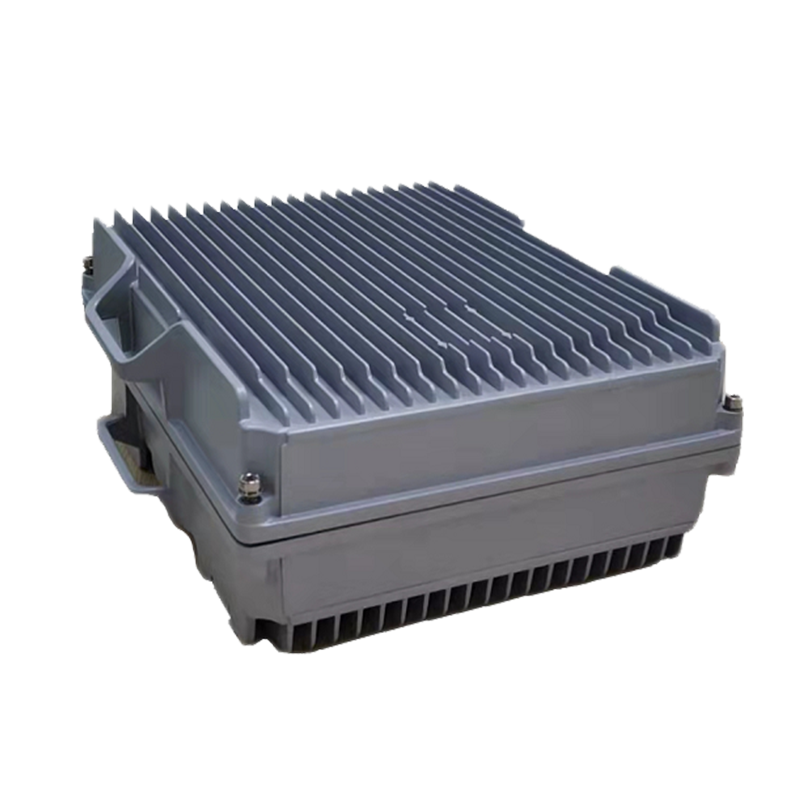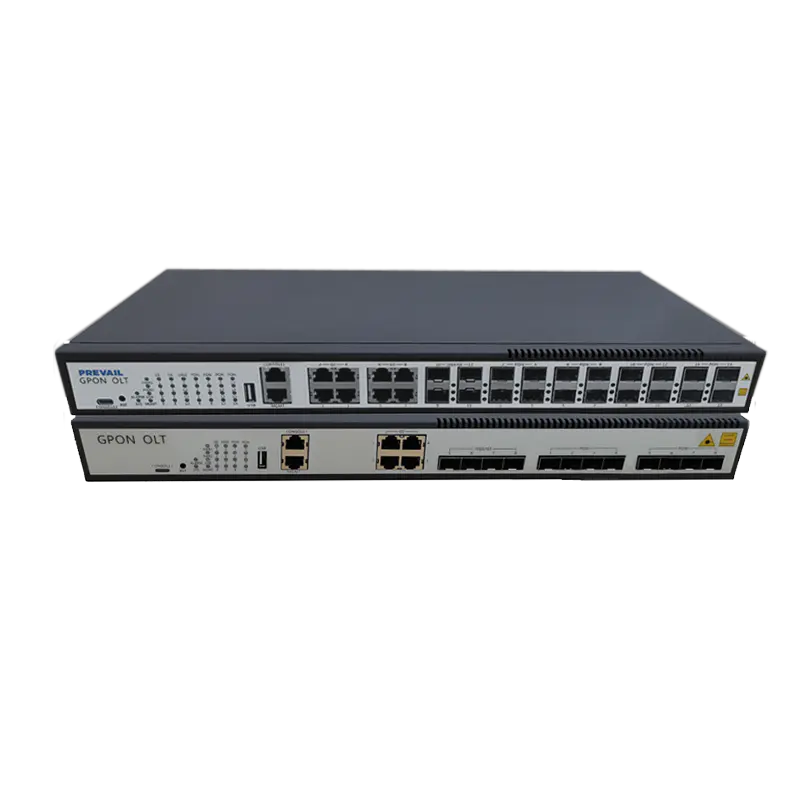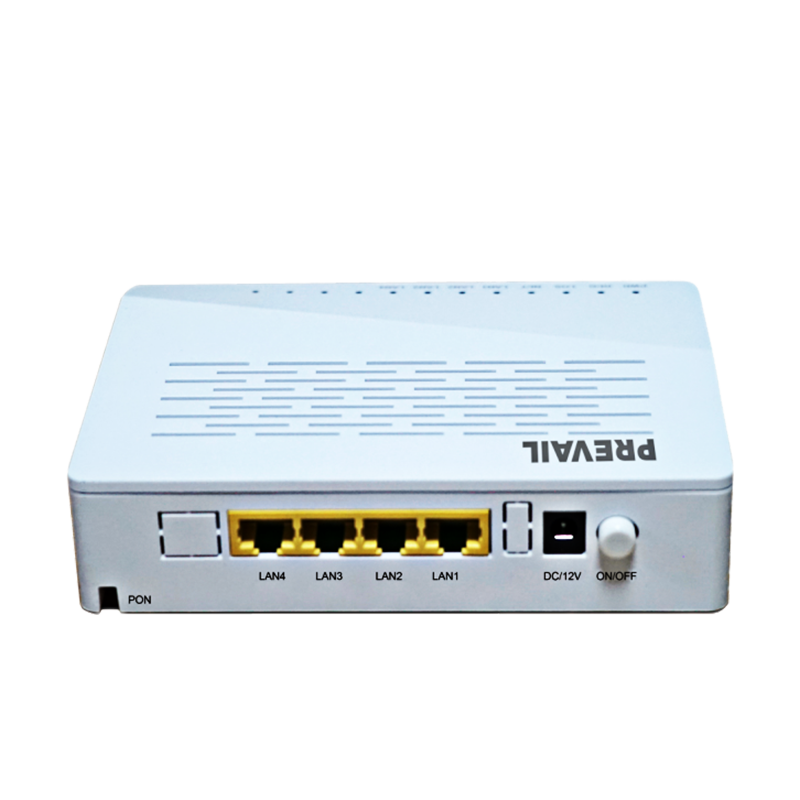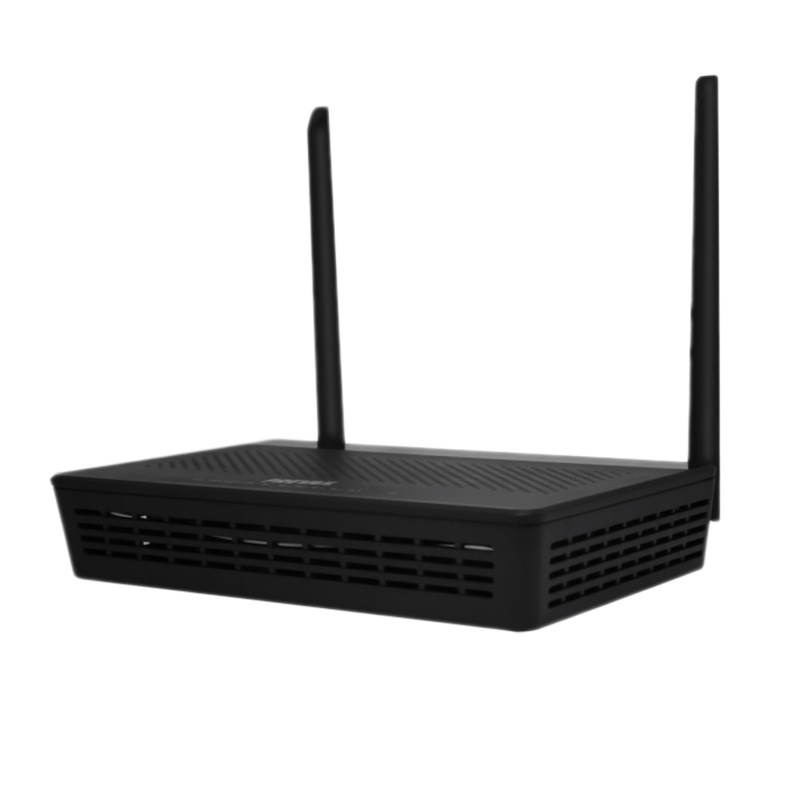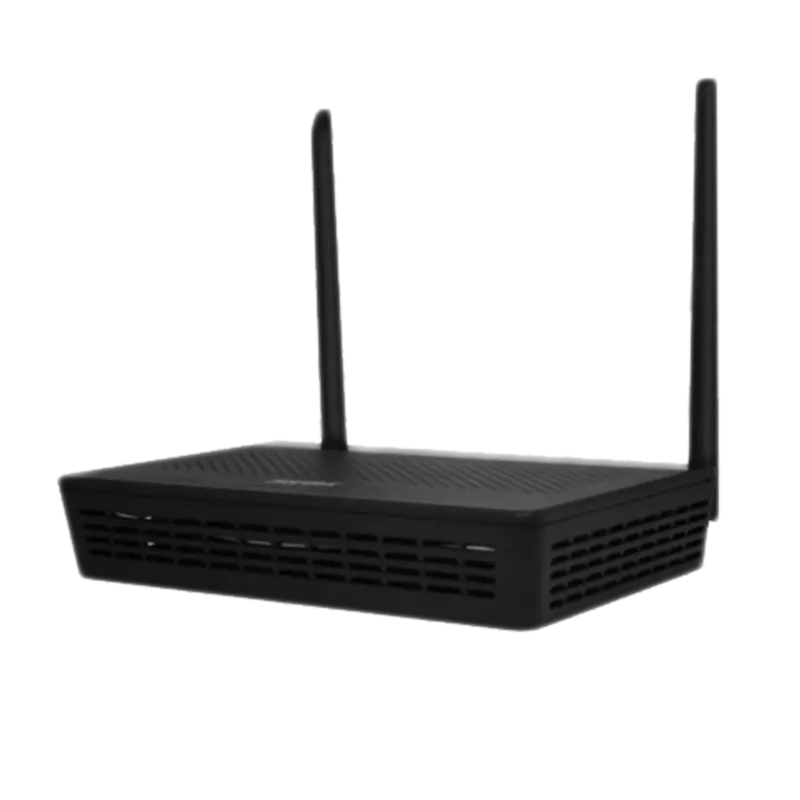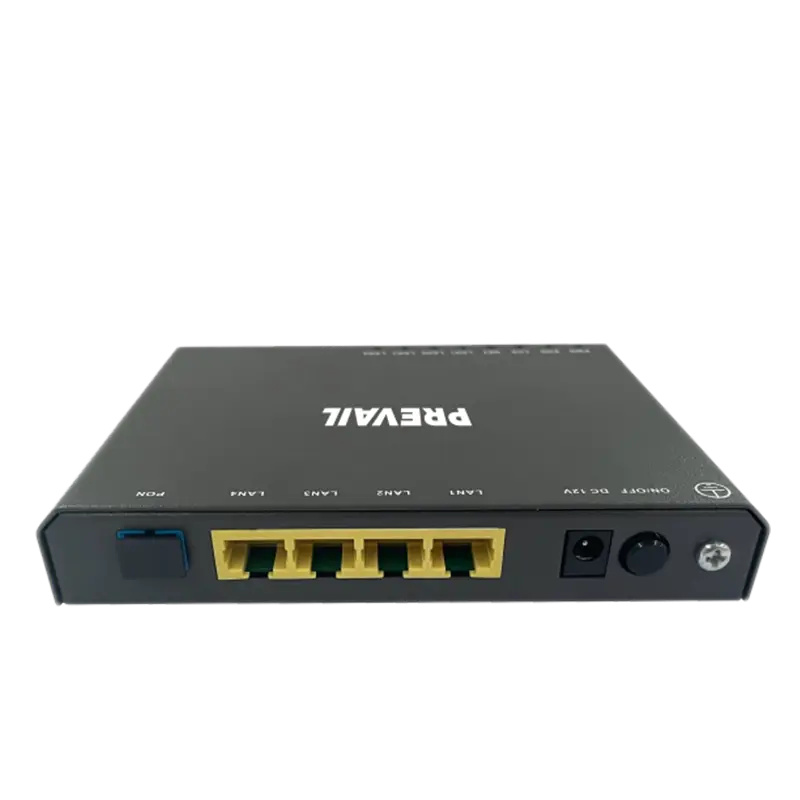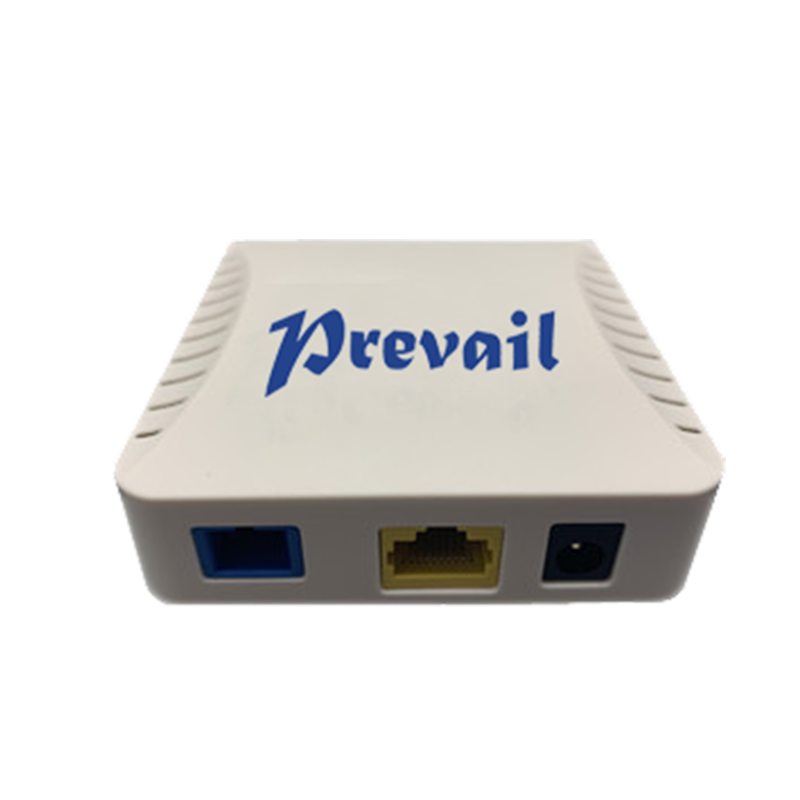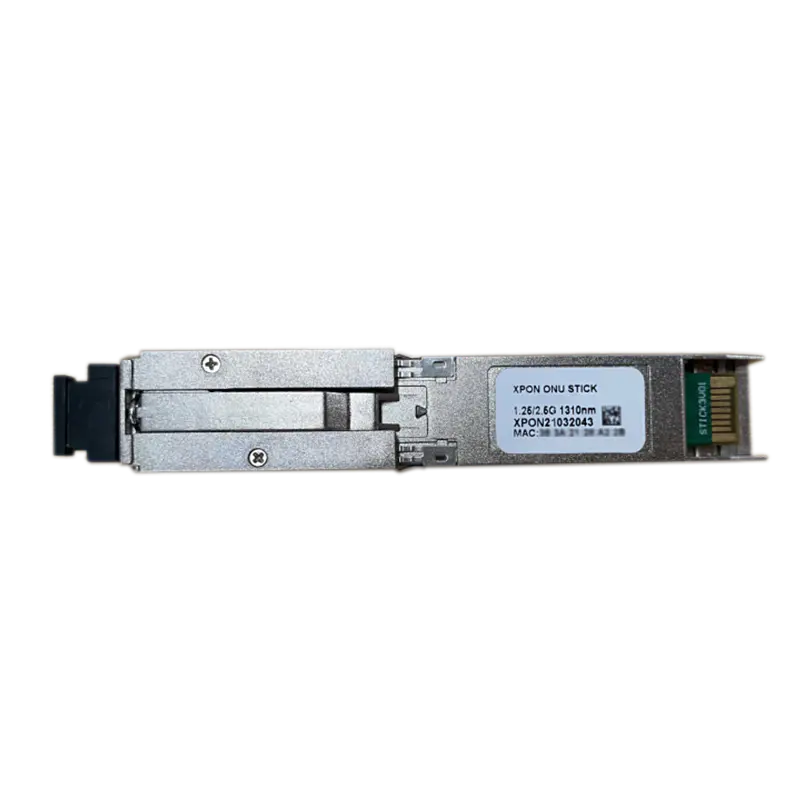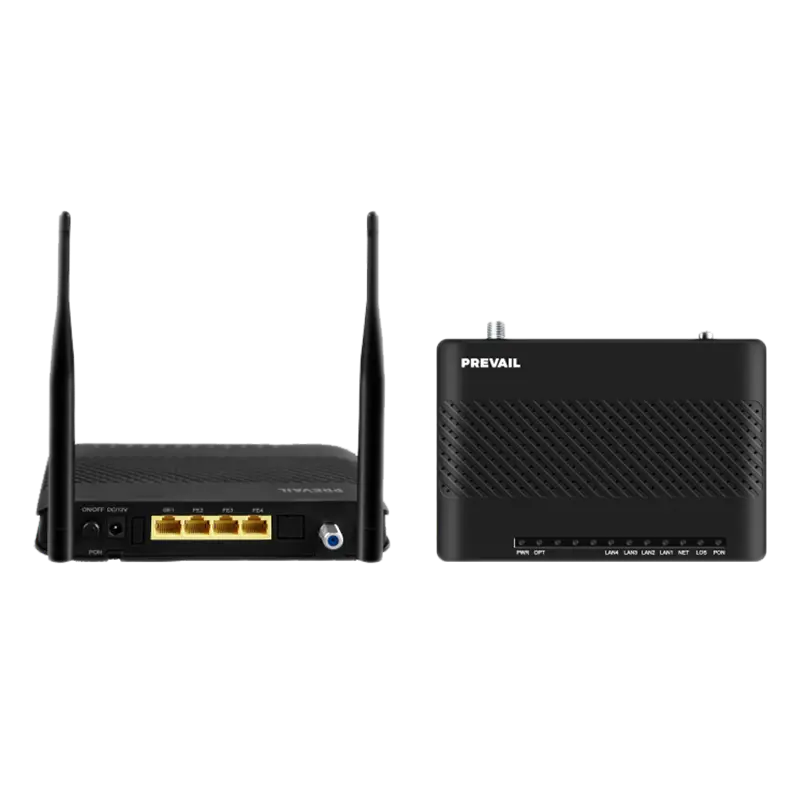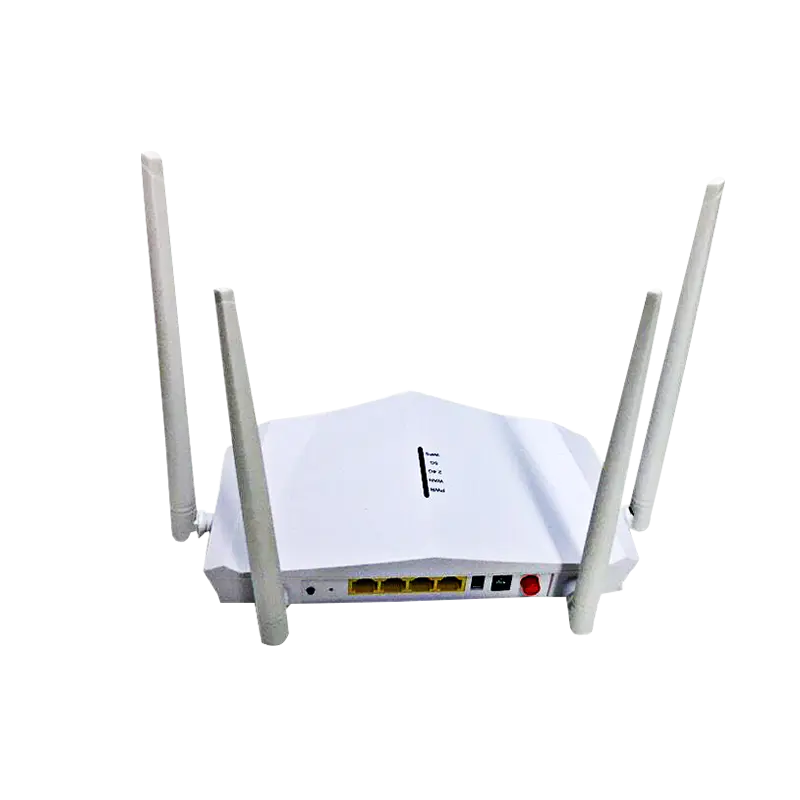How Does 10G xPON OLT Power the Next Generation of HighSpeed Fiber Networks?
The demand for faster, more reliable, and highercapacity internet is driving a global shift toward advanced fiber optic access technologies. Among these, 10G xPON OLT has emerged as a critical solution for Internet Service Providers (ISPs), data centers, and telecommunications companies aiming to deliver gigabit and multigigabit broadband services. But what exactly is 10G xPON OLT, and why is it considered a cornerstone of modern fiber access networks? This article dives into its technology, advantages, applications, and role in building futureproof connectivity.
1. What Is 10G xPON OLT?
A 10G xPON OLT (10Gigabit Passive Optical Network Optical Line Terminal) is the central device in a passive optical network that manages and delivers highspeed fiber services to multiple end users.
"10G" refers to the 10gigabitpersecond downstream and/or upstream capacity.
"xPON" is a general term covering multiple PON standards, such as GPON (Gigabit PON), XGPON (10 Gigabit PON), XGSPON (symmetric 10G PON), and NGPON2.
"OLT" is the networkside device located at the central office or headend, which connects to multiple ONUs/ONTs (Optical Network Units/Terminals) via optical splitters.
In simple terms, the 10G xPON OLT is the “brain” of a fiber access network, controlling and managing the data flow between service providers and customers over optical fiber.
2. How Does a 10G xPON OLT Work?
The OLT performs several crucial functions:
1. Signal Transmission
Sends downstream data to ONUs/ONTs through optical splitters.
Receives upstream data from multiple ONUs/ONTs and aggregates it for backhaul.
2. Bandwidth Allocation
Uses Dynamic Bandwidth Allocation (DBA) to optimize upstream bandwidth among multiple users.
3. Protocol Conversion
Converts data from standard network protocols (Ethernet, IP) into optical transmission protocols for the PON.
4. Network Management
Monitors connection quality, performs remote configuration, and detects faults.
5. Traffic Control
Implements Quality of Service (QoS) policies to ensure fair and prioritized bandwidth delivery.
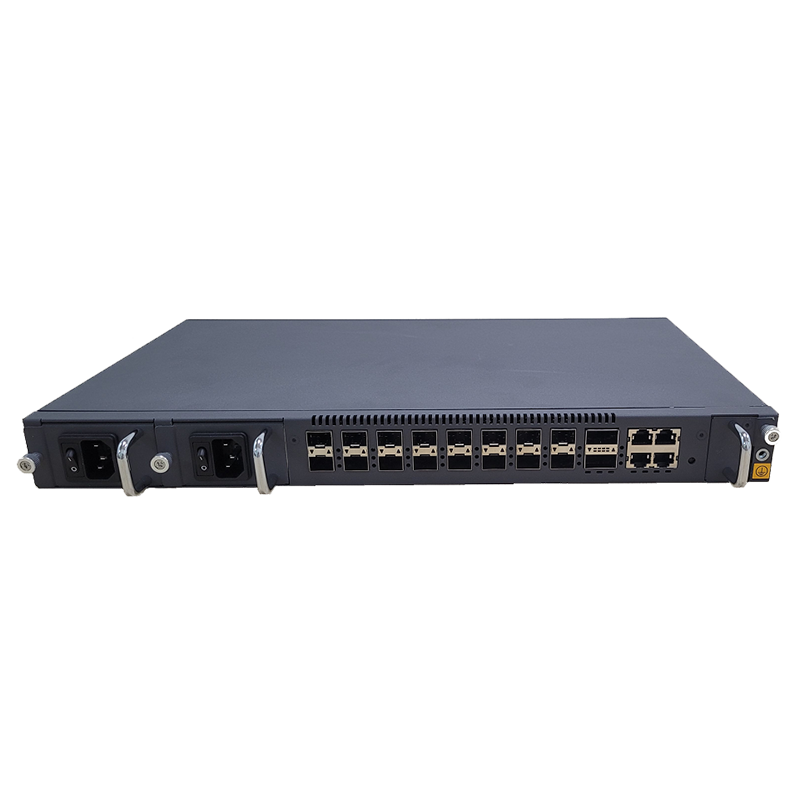
3. Key Features of 10G xPON OLT
Modern 10G xPON OLT devices are designed to be powerful, scalable, and flexible. Common features include:
Support for multiple PON standards
XGPON, XGSPON, GPON, and Combo PON ports.
High port density
Multiple PON ports for connecting thousands of subscribers from a single chassis.
High bandwidth capacity
Symmetric 10 Gbps speeds for both upstream and downstream in XGSPON.
Low latency
Essential for realtime applications like gaming, video conferencing, and industrial automation.
Carriergrade reliability
Redundant power supplies, hotswappable modules, and advanced monitoring.
Energy efficiency
Optimized power consumption to reduce operational costs.
4. Advantages of 10G xPON OLT
a) UltraHigh Bandwidth
With symmetric 10 Gbps speeds, a 10G xPON OLT can serve bandwidthintensive applications like 4K/8K streaming, VR/AR, cloud computing, and IoT services.
b) FutureProof Network
Backward compatibility with GPON allows operators to gradually upgrade customers without replacing the entire infrastructure.
c) CostEffective Deployment
The passive nature of PON reduces the need for powered equipment between the OLT and the enduser, lowering maintenance costs.
d) Scalability
Supports thousands of users by adding more PON ports or splitters without changing the core infrastructure.
e) Improved Service Quality
Supports advanced QoS policies for prioritizing critical traffic, ensuring smooth performance.
5. Applications of 10G xPON OLT
1. FTTH (Fiber to the Home)
Delivers ultrafast internet to residential customers.
2. FTTB (Fiber to the Building)
Serves multidwelling units and commercial buildings.
3. FTTO (Fiber to the Office)
Connects enterprises to highspeed broadband.
4. Campus and Industrial Networks
Supports smart campuses, factories, and IoTenabled facilities.
5. 5G Backhaul
Provides highcapacity fiber links between cell towers and the core network.
6. Smart Cities
Supports applications such as intelligent traffic systems, public WiFi, and video surveillance.
6. 10G xPON vs. Traditional GPON
| Feature |
GPON |
10G xPON (XG/XGS-PON) |
| Downstream Speed |
2.5 Gbps |
10 Gbps |
| Upstream Speed |
1.25 Gbps |
2.5 Gbps (XG) / 10 Gbps (XGS) |
| Split Ratio |
Up to 1:128 |
Up to 1:256 |
| Applications |
Basic broadband, IPTV |
4K/8K video, VR/AR, IoT, 5G |
| Backward Compatible |
— |
Yes (with Combo OLT) |
7. Choosing the Right 10G xPON OLT
When selecting a 10G xPON OLT, service providers and network operators should consider:
Port configuration
Number of PON ports and uplink interfaces.
Standard support
GPONonly, XGPON/XGSPON, or Combo PON for mixed deployments.
Scalability
Ability to expand subscriber capacity.
Management features
Remote provisioning, fault detection, and performance monitoring.
Compatibility
Support for various ONU/ONT models from different vendors.
Energy efficiency
Lower operational costs over time.
8. Deployment Considerations
Optical Splitter Planning
Split ratio affects signal strength and bandwidth distribution.
Fiber Quality
Ensure lowloss fibers and connectors for stable performance.
Power Budget
Consider optical power levels for longer distances.
Network Redundancy
Design with backup paths for high availability.
9. Future of 10G xPON OLT
The 10G xPON OLT is a stepping stone toward even faster technologies like 25G PON and 50G PON, which are being tested for future deployments. However, for most operators, 10G xPON strikes the right balance between cost, performance, and scalability—making it a longterm investment for the next 10 to 15 years.
Future trends include:
AIdriven network optimization
Softwaredefined PON (SDPON)
Green energypowered OLTs
Integration with edge computing
Conclusion
The 10G xPON OLT represents a major leap forward in fiber broadband technology, delivering the high speeds, reliability, and scalability needed for modern applications—from smart homes to 5G networks. Its ability to support multiple PON standards, combined with its cost efficiency and backward compatibility, makes it an ideal choice for service providers aiming to upgrade their networks without disrupting existing services.
As the world moves toward more dataintensive applications, the role of 10G xPON OLT in building the backbone of tomorrow’s digital infrastructure cannot be overstated. For ISPs and network operators, adopting 10G xPON OLT technology is not just an upgrade—it’s a strategic move toward futureproof connectivity.





